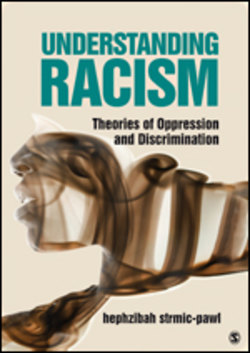Читать книгу Understanding Racism - Hephzibah Strmic-Pawl - Страница 23
На сайте Литреса книга снята с продажи.
The Definition of Prejudice
ОглавлениеThe definition of prejudice is not as straightforward as one might think. There are several components or facets of prejudice. Allport begins his definition by noting that “hate prejudice” comes out of “love prejudice.” Love prejudice is the bias toward and favoritism for one’s own primary group, and hate prejudice is the secondary prejudice that develops from defending one’s primary group.3 This conceptualization helps clarify that perceptions of in-groups and out-groups are at the center of the problem of prejudice. Next is the tendency for people to form concepts, categories, and generalizations, all of which lead to oversimplification and prejudgments. A prejudice can be based on a number of categories: race, sex, age, ethnicity, language, region, religion, nation, class, and more.4 People erroneously use these categories to classify people and then assume ideas about them that may or may not be correct. Another facet of prejudice is the distinction between attitude and belief. An attitude is expressed as a disfavor that is related to an overgeneralization of a group; an attitude can then lead to false beliefs about an individual or group.5 For example, the attitude of “I don’t like Latinxs” can then translate to a belief of “Latinxs are criminals.” A culminating and basic facet of prejudice is hostility and rejection, which results in condemnation of individuals based on their group membership.6 Thus, Allport comes to define ethnic prejudice as “an antipathy based upon a faulty and inflexible generalization. It may be felt or expressed. It may be directed toward a group or as a whole, or toward an individual because he is a member of that group.”7
Yet it’s important to remember that not all prejudgments or generalizations are prejudice. If a person rejects a prejudgment after being presented with alternative information and evidence, there is rational thought involved. Prejudice, on the other hand, is emotional and rejects countering information:
Prejudgments become prejudices only if they are not reversible when exposed to new knowledge. A prejudice, unlike a simple misconception, is actively resistant to all evidence that would unseat it. Emotion tends to elevate when a prejudice is threatened with contradiction. Thus, the difference between ordinary prejudgments and prejudice is that one can discuss and rectify a prejudgment without emotional resistance.8
Central to this process of prejudgment is the nature of categorization.
